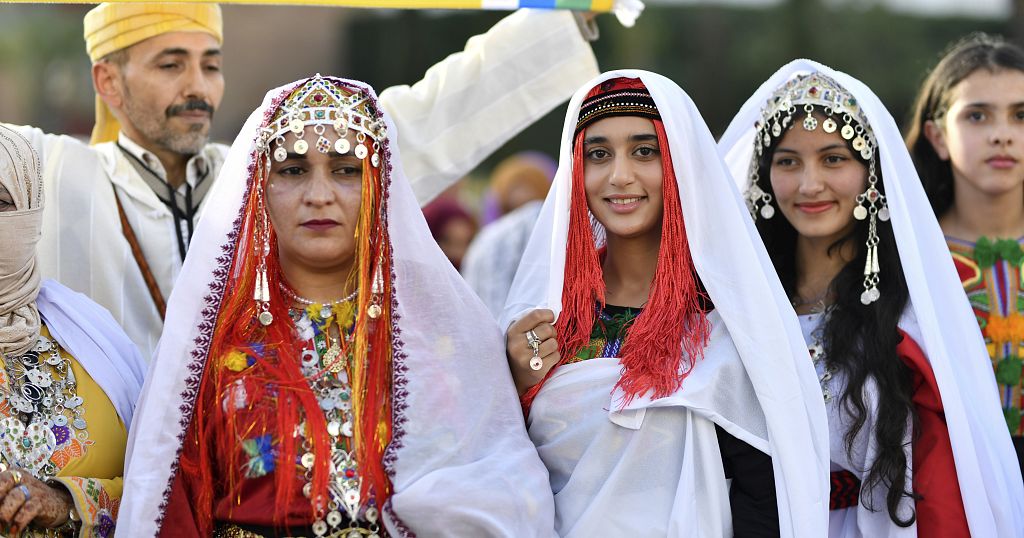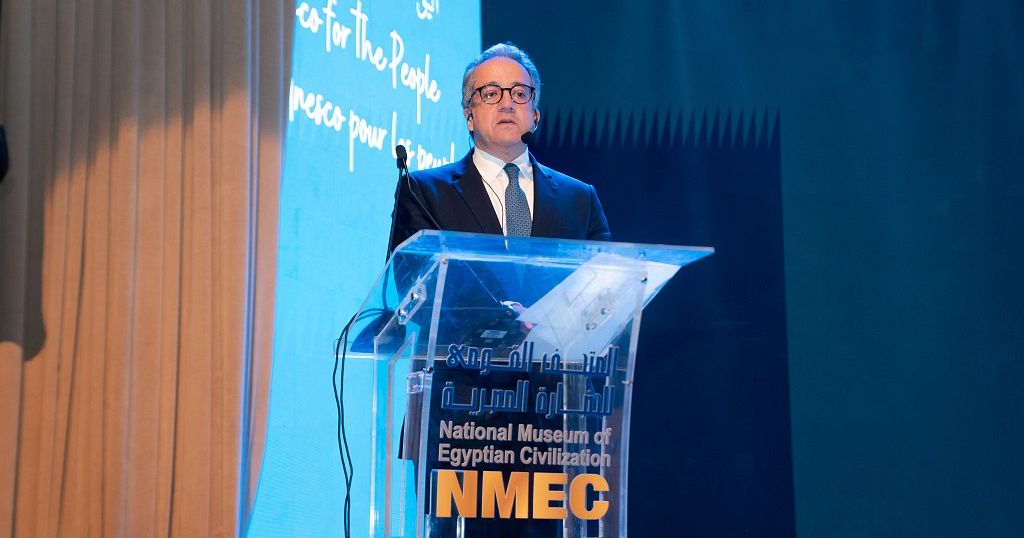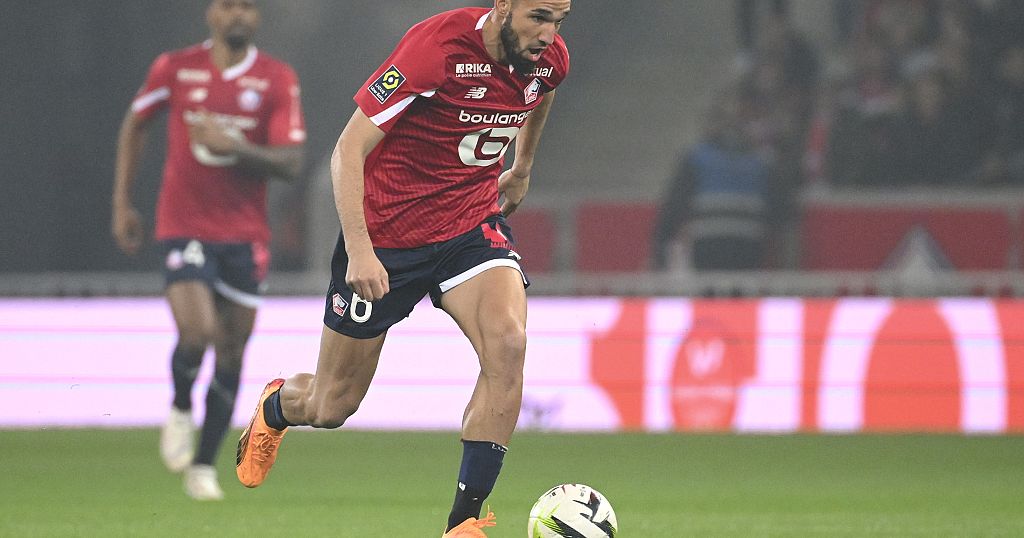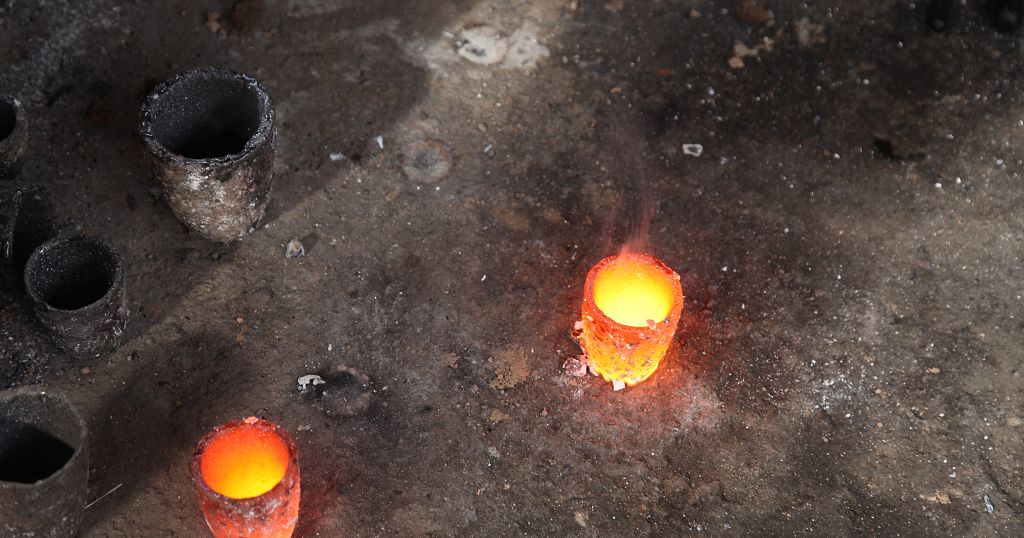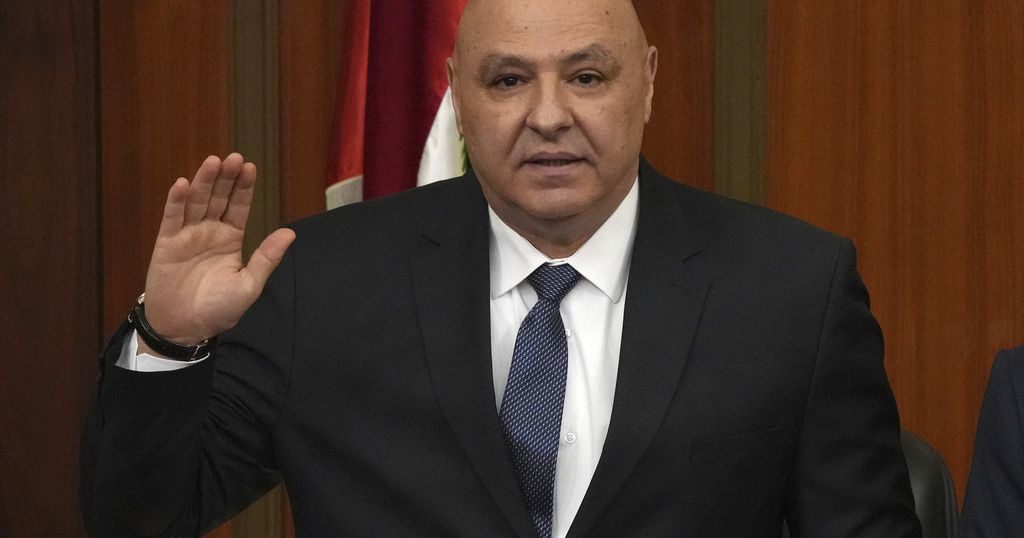How does the new Champions League format work?
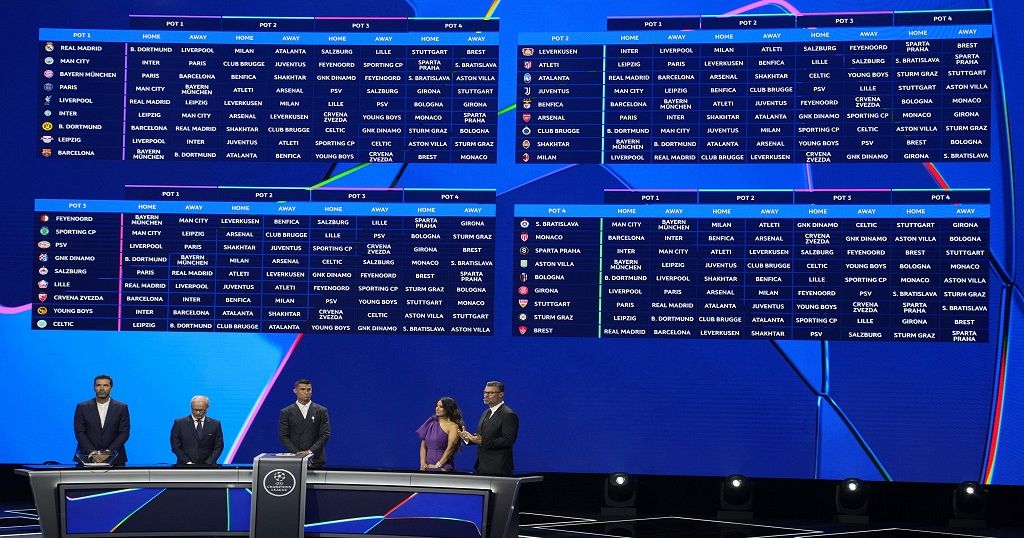
The Champions League gets a fresh look with more teams playing for more prize money from more games against more opponents. The draw was held Thursday.
UEFA has long been pressured by club officials to deliver more from the marquee event in club soccer and it settled on a new single-standings league phase to replace the traditional group stage.
The first new Champions League format since 2003 promises almost everything Europe’s wealthiest and most influential clubs wanted.
There are four more places in a 36-team lineup; at least eight games each instead of six; Champions League games scheduled in January for the first time; a prize money rise of at least 25% to a minimum 2.5 billion euros ($2.8 billion).
The matchups
The new-look competition will feature a series of rematches of recent finals.
Among defending champion Real Madrid’s opponents are Liverpool and Borussia Dortmund. The Spaniards beat Dortmund in last season’s final and Liverpool for the titles in 2022 and 2018. Madrid will host Dortmund and travel to Liverpool, though the match dates are not confirmed until Saturday.
Manchester City also gets a Champions League final reunion — hosting Inter Milan which it beat to win its European title in 2023. Bayern Munich will host Paris Saint-Germain in a rematch of the 2020 final that the German giant won 1-0.
How does the new format work?
Out goes the traditional group-stage format that the Champions League used for 21 seasons.
The 32 teams would be drawn into eight groups of four each playing six games. Teams played each group opponent home and away from September into December. The top two advanced to the round of 16. A separate draw was made for each knockout round of home-and-away games until the single-game final.
In comes a single-standings league — 36 teams each playing eight games against eight different opponents through January. Teams get a balanced schedule facing two opponents from each of four seeding pots.
The top eight in the standings go direct to the round of 16 in March. They will be seeded in a tennis-style tournament bracket with no separate draws for each round until the final. The 2025 final is at Bayern Munich’s stadium.
Teams ranked ninth to 24th go into a knockout playoffs round in February. The bottom 12 teams are eliminated.
In the playoffs round, teams ranked Nos. 9-16 are seeded in the draw to play second legs at home against unseeded teams Nos. 17-24.
Why change such a successful competition?
The simple answer is clubs wanted more money.
The Champions League showcases the highest quality play in world soccer. It has let UEFA steer billions of euros (dollars) of prize money raised from global broadcasting and sponsor deals to clubs who pay the highest transfer fees and salaries.
Those clubs also wanted to play more of what they regarded as prestige games against a bigger range of high-quality opponents.
The group stage, clubs said, became too repetitive with only three opponents and lacked drama. More games against stronger opponents would be more valued by broadcasters, viewers and new fans worldwide.
Their leverage over UEFA was potentially launching their own breakaway competition. Indeed, then-leaders of the influential European Club Association in early 2021 were negotiating Champions League reform with UEFA and also plotting their own Super League.
The Super League was launched by 12 Spanish, Italian and English clubs in April 2021 and failed within 48 hours amid a backlash in England by fans and threats of government legislation.
Still, the Champions League format shaped mostly by rebel Super League clubs was broadly approved one year later by UEFA and will kick off next month.
What are the upsides and risks of the new format?
The 36 teams are guaranteed more money and brand-building exposure to a global audience. Players should get more higher-quality games to accelerate their development.
The extra games — 189 total in the competition compared to 125 for the past two decades — can confirm the Champions League as the pinnacle of club soccer.
Two extra match rounds in January gives the Champions League a new foothold in the increasingly packed soccer calendar. Though, could it overload players after many looked fatigued at the 2024 European Championship, and ahead of FIFA launching its month-long Club World Cup next June?
Eight of the Champions League round-of-16 teams will have played 10 games to get there, compared to just six in the old format. Europe will send 12 teams — 11 of them playing in this Champions League edition — to the new FIFA club tournament, each playing at least three and up to seven games in the United States next summer.
Will the extra prize money be spent wisely? Spiraling spending on player transfers has slowed in this European summer, though top players’ salaries still escalate.
Mid-ranked clubs in top domestic leagues, plus leagues in lower-ranked countries warn of the Champions League creating a bigger wealth gap in European soccer and driving more competitive imbalance.
What are people saying about the new league?
“The need to play regular matches in Europe is a need from the clubs, it’s not a need for UEFA.” — Giorgio Marchetti, UEFA deputy general secretary
“Fans, meanwhile, will be asked to spend more time and money following their team — time and money which many simply do not have” — Football Supporters Europe, UEFA’s recognized fans’ liaison group
“For us, playing as many European games as possible is one solution to have a good mood for our fans, our players and financing our club” — Serhii Palkin, CEO of Ukrainian champion Shakhtar Donetsk
Source: Africanews


